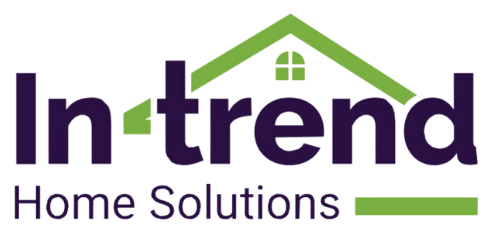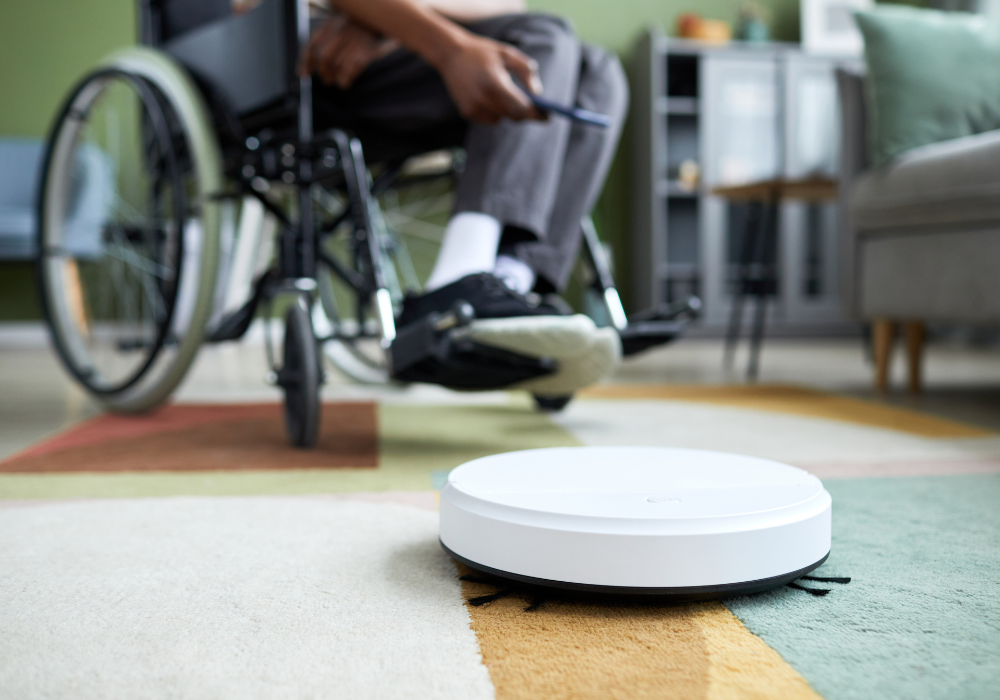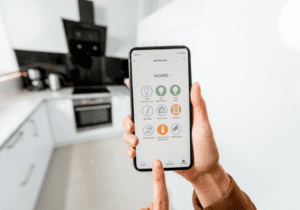The advent of smart home technology has revolutionized the way we live, bringing a new level of convenience, security, and efficiency to our daily routines. But beyond the aspects of luxury and modernity, smart home technology holds transformative potential, particularly for the elderly and persons with disabilities. By addressing specific accessibility challenges, these innovations are not just enhancing the quality of life but also promoting independence and inclusivity.
In this blog post, we will explore the role of smart home technology in enhancing accessibility for the elderly and persons with disabilities. We’ll delve into the specific challenges faced in traditional home settings, demonstrate how smart technology addresses these issues, and provide practical advice for integrating these solutions into existing homes.
 Accessibility Challenges in Traditional Home Settings
Accessibility Challenges in Traditional Home Settings
As individuals age, they often encounter various physical, sensory, and cognitive challenges that can make daily activities difficult and sometimes hazardous. Common issues include reduced mobility, decreased vision, hearing impairments, and a decline in memory or cognitive functions. These challenges can lead to difficulties in navigating the home, managing household tasks, and ensuring personal safety.
Persons with disabilities face a diverse range of challenges depending on their specific conditions. Mobility impairments may make it difficult to move around the house, reach high shelves, or operate standard appliances. Vision impairments can complicate tasks requiring visual cues, while hearing impairments can hinder communication and the ability to respond to auditory alarms. Cognitive disabilities can impact memory and comprehension, creating additional barriers to independence.
How Smart Home Technology Addresses Accessibility Challenges
Smart home technology offers numerous solutions designed to mitigate these challenges, making homes safer, more accessible, and more comfortable for individuals with varying needs:
Safety and Security
Safety is a primary concern for the elderly and persons with disabilities. Smart home technologies can significantly enhance safety through:
- Smart Locks and Doorbells: These devices provide secure and easy access to the home. Smart locks can be operated remotely or via biometric recognition, while smart doorbells with video capabilities allow residents to see and communicate with visitors without needing to approach the door.
- Motion Sensors and Fall Detection: Smart sensors can detect movement and alert caregivers or family members if unusual activity patterns, such as a lack of movement indicating a potential fall, are detected.
- Smoke and Carbon Monoxide Detectors: Connected detectors can send alerts directly to smartphones, ensuring that even if the alarm goes unnoticed, the danger is still communicated and addressed promptly.
Comfort and Convenience
Smart home devices can significantly enhance comfort and convenience, making daily tasks easier and more manageable:
- Voice-Activated Assistants: Devices like Amazon Alexa, Google Assistant, and Apple Siri allow users to control various aspects of their home environment through voice commands. This includes adjusting lighting, temperature, and even operating appliances.
- Automated Lighting: Smart lighting systems can be programmed to adjust based on the time of day or triggered by motion sensors, reducing the need for manual operation and improving visibility.
- Smart Thermostats: These devices allow for precise control over home heating and cooling, which can be adjusted remotely or set to follow a schedule, ensuring a comfortable living environment.
 Home Management
Home Management
Managing a household can be simpler and more efficient with smart technologies:
- Smart Appliances: From refrigerators that track food inventory to washing machines that can be controlled via smartphone, smart appliances simplify household chores.
- Medication Reminders: Smart pill dispensers and reminder systems help ensure that medications are taken on time, which is especially crucial for individuals with memory impairments.
Practical Advice for Integrating Smart Home Technology
While the benefits of smart home technology are clear, integrating these systems into an existing home requires careful planning and consideration. Here are some practical tips to help make the transition smooth:
Assess Needs and Prioritize
Evaluate the specific needs of the individual and prioritize the smart technologies that will have the most significant impact. Start with essential safety and accessibility devices, and gradually integrate additional conveniences.
Consider Compatibility
Ensure that the smart devices you choose are compatible with each other and with existing home systems. Many smart home ecosystems, like those from Amazon, Google, and Apple, offer broad compatibility with various devices, making integration easier.
Budget Wisely
Smart home technology can range from affordable to quite expensive. Create a budget that considers both initial costs and potential long-term savings. Look for devices that offer the best value in terms of functionality and durability.
Professional Installation vs. DIY
Some smart home systems are simple to install and can be managed as DIY projects. However, for more complex integrations, professional installation might be necessary to ensure proper setup and functionality.
Smart home technology is more than just a trend; it represents a significant advancement in creating inclusive and accessible living environments. By addressing the unique challenges faced by the elderly and persons with disabilities, these innovations foster independence, safety, and overall quality of life.
As we move towards a future where smart homes become the norm, it’s essential to continue advocating for inclusive design and accessibility. Whether you’re considering integrating smart home technology for yourself or a loved one, the potential benefits are profound and far-reaching.


 Home Management
Home Management